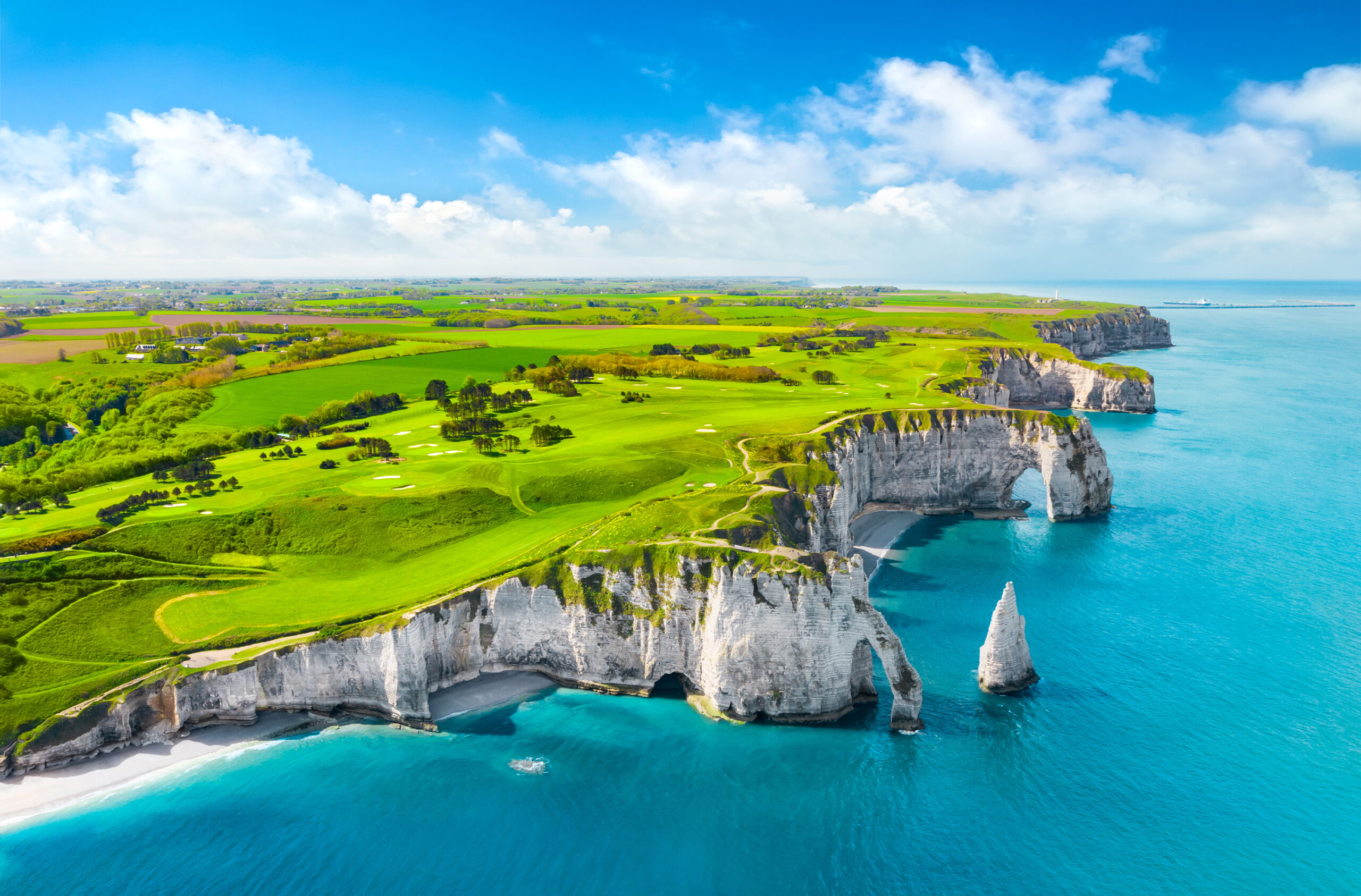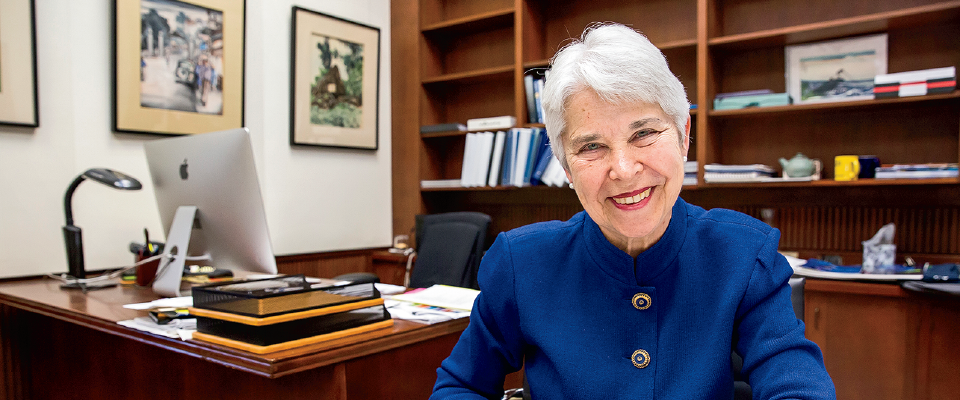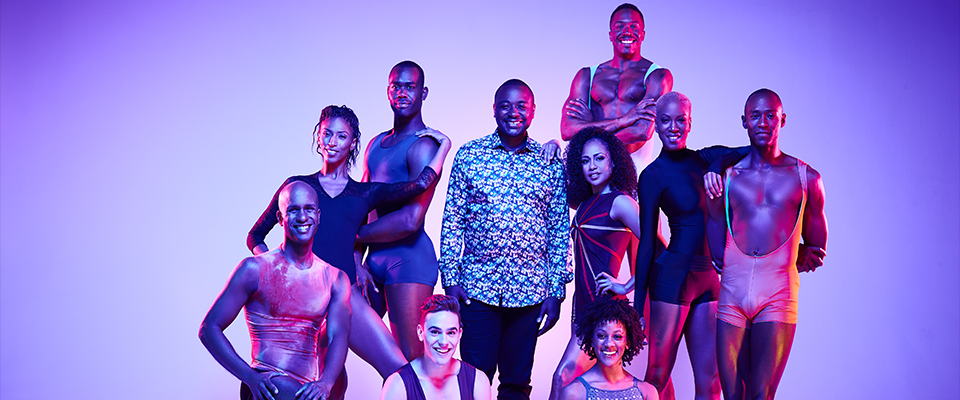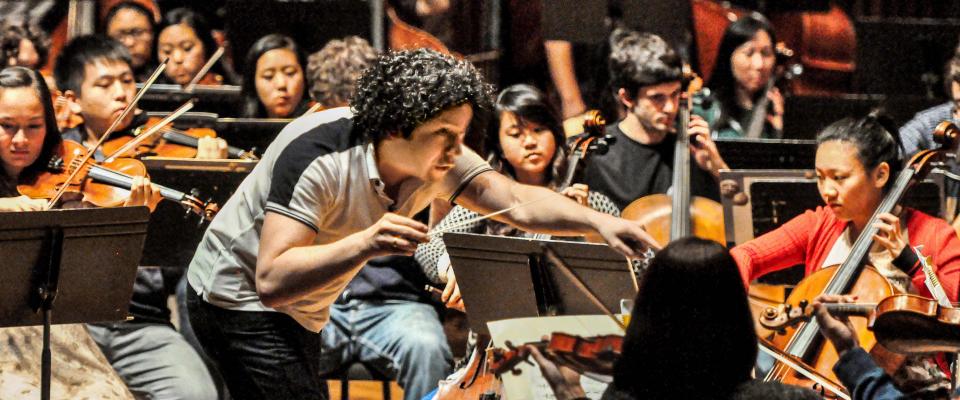In the absence of live theater, music, and dance, Cal Performances has orchestrated digital programs to help patrons through the pandemic.
Since the pandemic began, Jeremy Geffen, director of Cal Performances, has been sending a weekly email to patrons, a playlist of half a dozen or so performing arts videos, entitled “Now, More Than Ever.” The title resonates. At a time of great crisis, like the one we are experiencing, we need the arts, to bring us moments of beauty, of profound reflection on the human condition, of heightened emotion captured in the symmetries of form.
The pandemic has had devastating consequences for the arts. Live performances—theater, music, dance—have stopped, with no clear sense of when they might resume. Many museums are shuttered. Income from ticket sales has dried up, arts organizations are facing financial crises, and many artists no longer have their traditional sources of income. For those who love the arts—and I certainly am one—the situation is of grave concern.
Many arts organizations have responded to this crisis with creativity and resilience, seeking to reimagine how they can reach audiences when we cannot gather in person. In early March of last year, when the campus moved to remote work and instruction, Cal Performances canceled all its events. The Berkeley Art Museum and the Pacific Film Archive have been closed since March 2020, as well. But both organizations have reached out to audiences in new and imaginative ways.
Cal Performances has created digital fall and spring seasons, featuring many of the artists who had been scheduled to perform live on the campus’s stages. About once a week, Cal Performances at Home brings into our homes films, made specifically for this series, of artists performing their work, often in unusual or striking venues. We can watch jazz trumpeter Bria Skonberg and her ensemble play an exhilarating concert in the garden of Louis Armstrong’s house in Queens. We can watch Yo-Yo Ma with his accompanist Kathryn Stott play a program, “Songs of Comfort and Hope,” featuring pieces like “Amazing Grace” and “Shenandoah,” performed at Taiwan’s National Kaohsiung Center for the Arts Concert Hall. We can watch the Manual Cinema, a Chicago collective of musicians, composers, theater artists, and filmmakers, who combine paper puppets, live actors, and musicians to create startlingly original recreations of classics like Frankenstein and A Christmas Carol. Purchase of a ticket gives you access to most of these performances for months.
The Berkeley Art Museum also offers remarkable digital resources. My favorite is its virtual tour of the exhibition that opened right before the museum closed of Rosie Lee Tompkins’s quilts. The quilts are part of an extraordinary donation to the museum from the estate of Eli Leon of what now is the largest public collection of African American quilts in the world. Rosie Lee Tompkins is widely recognized as the most brilliant and inventive quilt maker of the twentieth and twenty-first centuries; her quilts are like no others that I have seen before—joyful, moving, stretching the boundaries of the art form.
Listening to Bria Sondberg play her fantasy on Lennon and McCartney’s “Blackbird,” listening to Yo-Yo Ma play the plangent spiritual, “Going Home,” watching Manual Cinema’s reimagination of Dickens’s A Christmas Carol as a Black family Christmas gathering on Zoom, at which Aunt Trudy presents her late husband’s annual Christmas Carol puppet show in the isolation of her studio apartment—these at once take us out of ourselves and the difficulties of the current moment and give shape and significance, as only art can, to the human experience.
We all hope that we will enjoy art together again soon—wander through museum galleries, see music, dance, and theater live. As the world heals itself from this pandemic, art will be part of that healing—both in its restoration and the way it restores us.





















